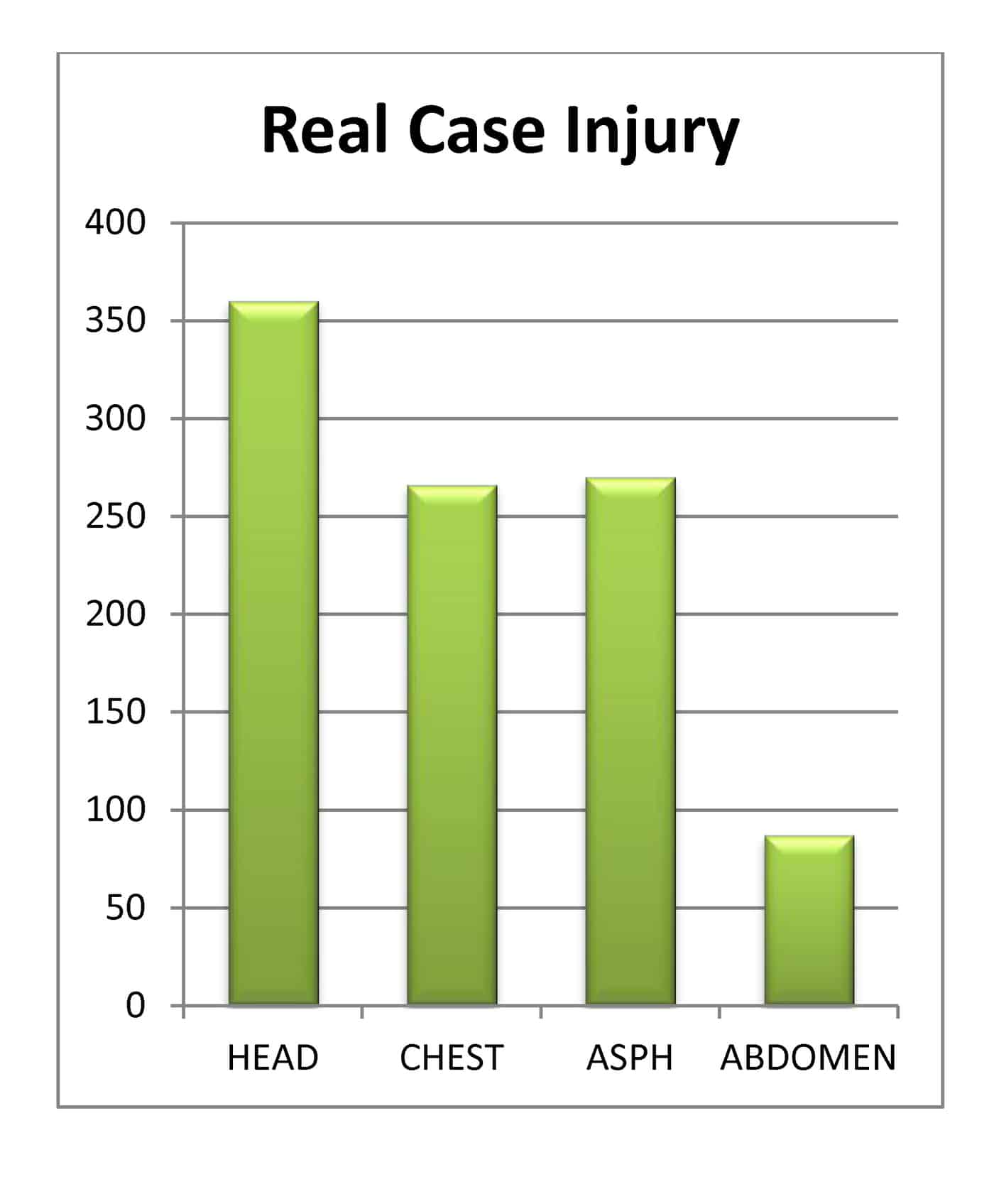I am proud to be one of the 50 Safety Ambassadors in support of Safe Work Australia Week for 2010. A list of Ambassadors is available at the Safe Work Australia website.
Safe Work Australia has a strong support role for the safety week events held in each of the Australian States as well as providing national safety awards each year following on from the State awards mostly held this week.
Please take advantage of the many events occurring in your State.

